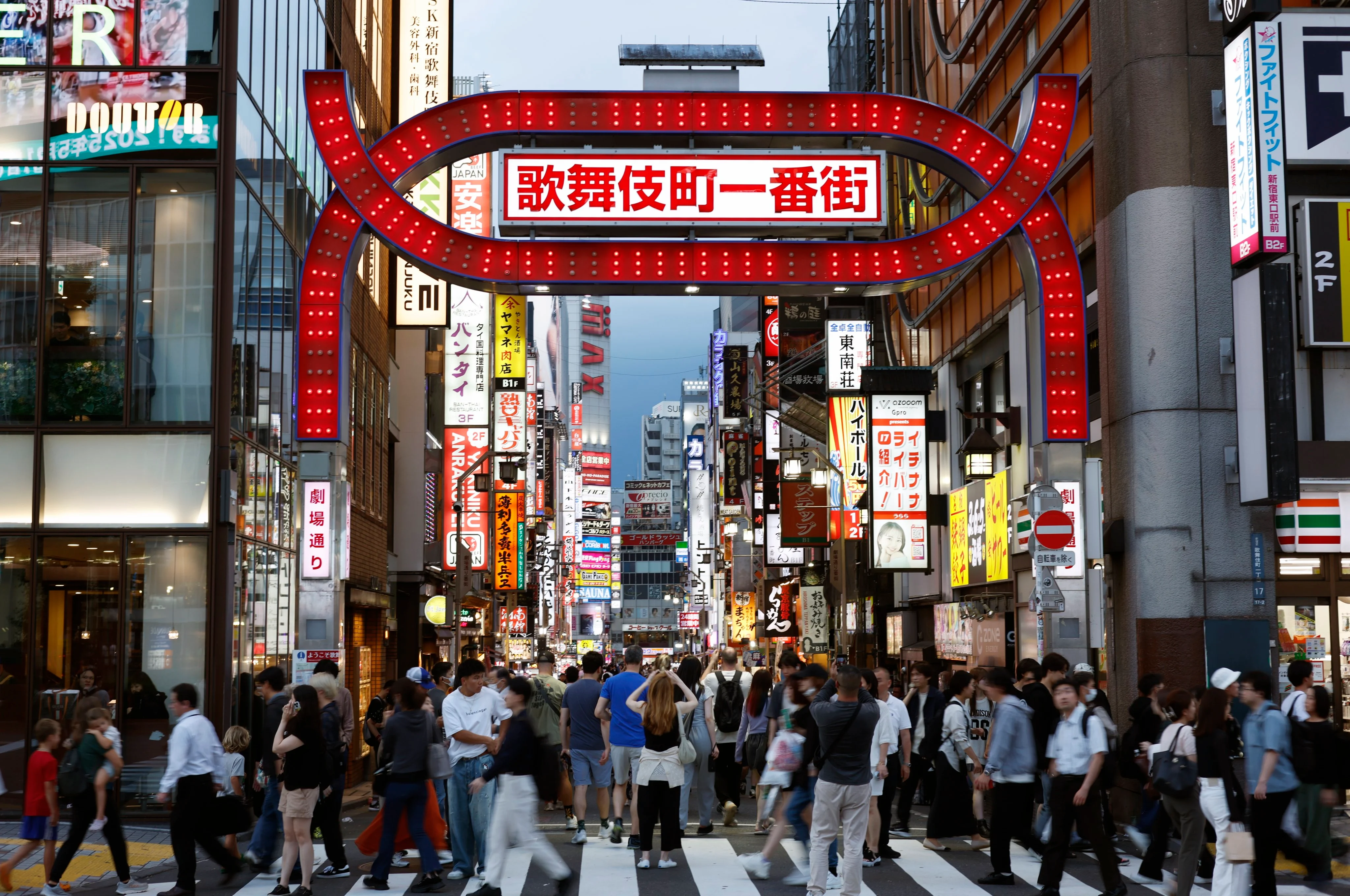By Lorraine Chiang Timon Johnson
Recent rumours about a “megaquake” hitting Japan on July 5, stemming from a manga artist whose earlier prediction in 2011 reportedly came true, have caused some concern among Hong Kong residents planning to travel to the country this month.
While Japanese authorities have dismissed the claims, stating that earthquakes cannot be predicted with current scientific knowledge and can occur anywhere at any time, even outside Japan, the Post has gathered expert advice for travellers on how to cope should an earthquake hit.
1. How do I prepare for an earthquake?
The Hong Kong Observatory recommends that travellers download earthquake warning applications. The Japan National Tourism Organisation offers an app called “Safety Tips”, which provides push notifications for early earthquake warnings in English, Chinese and other languages, along with general safety advice.
The “Safety Tips” app is available on Apple and Android devices.
For accidents and emergencies in Japan, tourists can call 050-3816-2787 for help in English, Chinese, Korean and Japanese. Hongkongers overseas requiring help can visit the hotline information site.
Additionally, travellers should ask their hotels or residences about emergency escape routes in case of an earthquake.
2. What do I do during an earthquake?
If indoors, the Observatory advises staying inside and taking cover under sturdy furniture, such as a table. Keep clear of areas with glass or loose items like bookshelves.
Dr Chunlan Guo, a lecturer in the department of geography and resource management at the Chinese University of Hong Kong, said tourists should remain indoors during an earthquake because Japanese buildings were designed to withstand shaking.
“Modern Japanese buildings are earthquake-resistant, so staying inside is often safer than rushing out,” she said.
If travelling in a vehicle, tourists need to quickly and safely stop the vehicle and remain inside until the shaking ceases, according to the forecaster.
If tourists are inside a confined space such as a tunnel or lift, they should safely exit these spaces as soon as possible. Once outside, they should move away from any buildings, steep slopes and utility wires.
3. What do I bring and do after an earthquake?
Travellers are advised to bring drinking water, dried and canned food, a first aid kit, a flashlight and portable radio, as well as spare batteries.
The items should be placed in a bag that is located in an easily accessible place for the entire family, according to advice from police in Taiwan.
A whistle, a map, a blanket and some cash would be useful, the US embassy in Japan said.
After an earthquake, stay away from severely damaged buildings due to the risk of collapse from aftershocks. Check for casualties and seek help if needed, the Hong Kong Observatory said.
It also advised tourists to open windows and vacate the building if they suspected a gas leak. In case of water supply damage causing flooding, the main valve should be turned off.
4. How do I look out for a tsunami?
The Hong Kong Observatory warned that earthquakes could often lead to tsunamis, and there were several signs that one might be approaching.
The signs include seawater rapidly receding from the shore, abnormal whirlpools, sudden surges of seawater pushing inland, and a loud roar emitting from the sea.
If these signs appear, immediately move away from coastal or shallow waters and head to inland areas or higher ground as quickly as possible. Seek shelter on upper floors, at least the third floor, of reinforced buildings.
The Observatory emphasised that travellers should not wait for a tsunami warning to take action.
5. Should I cancel my trip to an earthquake-prone region?
Guo said that while earthquakes could not be accurately predicted, people should not be discouraged from travelling to regions where such rumours circulated.
“The key to safe travel lies in comprehensive preparedness – understanding risks, learning proper response protocols, and having emergency resources readily available,” she said.
“By taking proactive measures before and during your trip, you can significantly mitigate potential dangers while maintaining your travel itinerary.”
